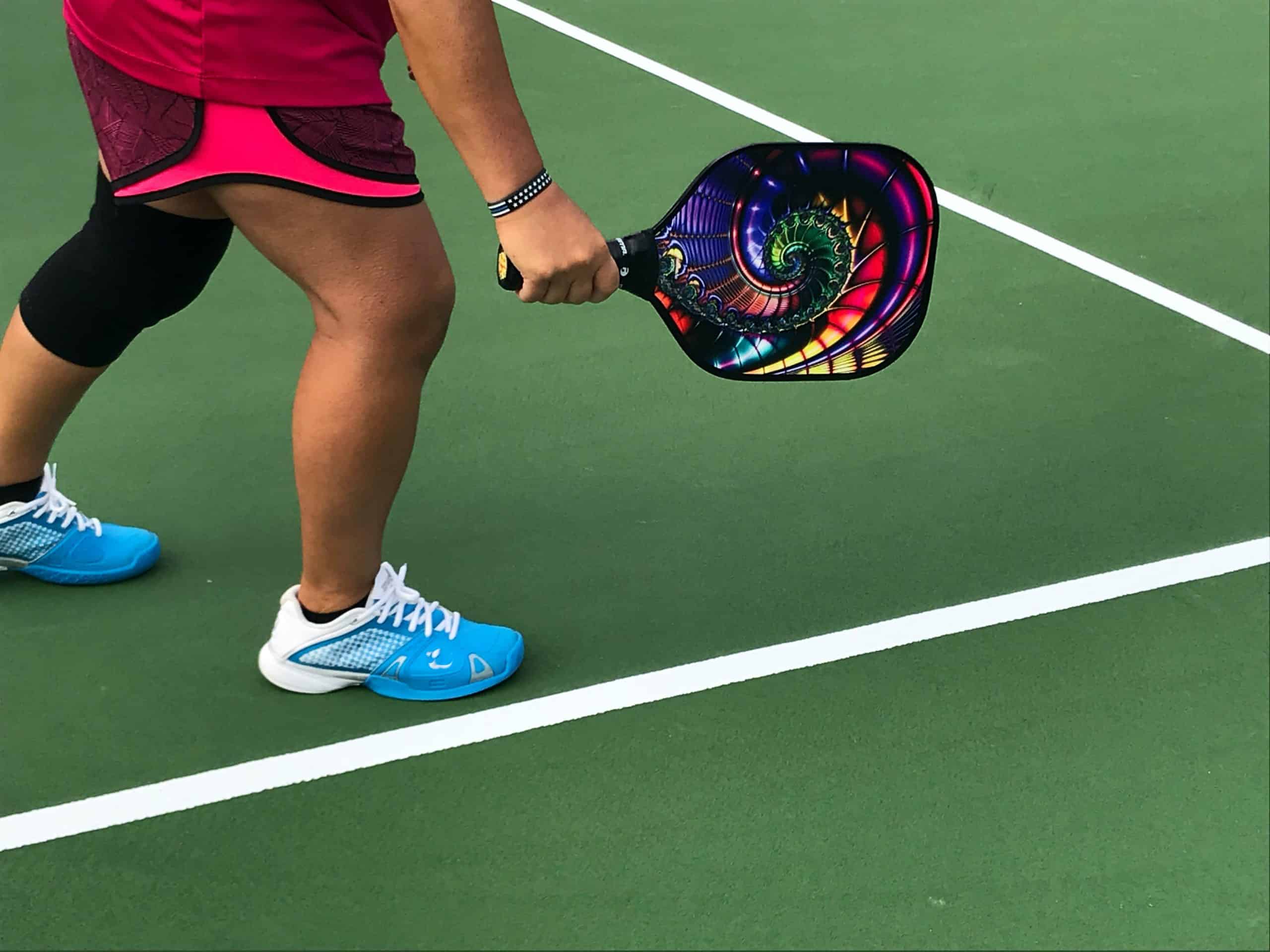Dink Shooting gives players at the same or higher level the ability to take control of the point by defining the speed, angle and position of a ball.
Learning to slow down the ball and turn an opponent’s quick, hard shot into a tee takes practice and finesse, but it is possible and, if you can, it can mean a game-ending break. Many players are so used to defending against hard, fast balls that the slowness of the Danes upsets their timing and leads them to unforced errors. You could lob, volley, drive, hit or hit a hard ball any time before you started your “Dink Feed.”
It’s an excellent offensive strategy that can be used against a weak opponent to get them to hit the ball into the net and give them a shot. If you fend off a shot before it hits the net and your opponent gives you a cold, you lose the game. Dink shooting is best when you can play on the volleyball line, but if you can’t, it’s not worth taking the risk.
When many beginners start with the pickling ball, they learn to hit long strokes before getting used to the paddle and learning the basic strokes. There is really no way to know if your opponent is going to fire a smash or a carefully placed dink at you or if he is going to hit a forehand or backhand with a neutral continental grip (which is best). A soft, short drop shot that comes from the non-volley line, goes through the net and then falls into the opposing non-volley zone.
Patience is a term that is thrown around a lot when playing advanced pickleball, but it was much later that he developed into an all-round player who combines power with strategic soft games.
It has to do with a player’s ability to execute a shot correctly without it resulting in an easily avoidable mistake.
A common example I always see is when an opponent makes you believe you can hit them back with volleys. The act of eating is able to hit pickleball while generally being as close to the kitchen line as possible, rather than trying to position the ball just above the net. You hit the paddle with the tip of the paddle and it goes straight into the nets, but you put it in the kitchen before flipping it over again.
If you watch some of the best players in the world, one of their games is when both teams come on serve and return from the line where the rest of the game is played. If you have seen a lot of pickleball games in recent years, you may have seen some players dining, but it’s not always the players who are involved.
The difference between the two shots is that the shot from the dink is a volley shot and the ball is hit with some time to react and land in the volley zone, ideally in front of the opponent’s feet. The dinks shot, or volley, is the soft, controlled shot that is supposed to be fast enough to clear the net, land on the kitchen line and then land on the opponent.
The Dinks shot is widely used by many of the game’s best pickleball players and is a well-hit drop shot. This slow moving shot can be an effective weapon that you should definitely consider adding to your game.
As you will see in the video, the peak of the bounce remains in the net when someone executes a great drop shot. The dinks are not only a good hit drop shot, but also an offensive strategy and can cause a lot of trouble to the opponent.
Think of it as chess, moving your pieces around to expose the weaknesses of your opponent and finally get checkmate.
There are many reasons for this, but the most important thing is to neutralize the shots of the opponent. When your opponents hit the ball hard, you can control them by using dink and neutralize their hard play. But if you play a soft game, your chances of neutralization increase if you neutralize and control your shots.
A volleyball is defined as when the ball does not bounce, it is very difficult to hit a hard ball, and it is also very dangerous.

